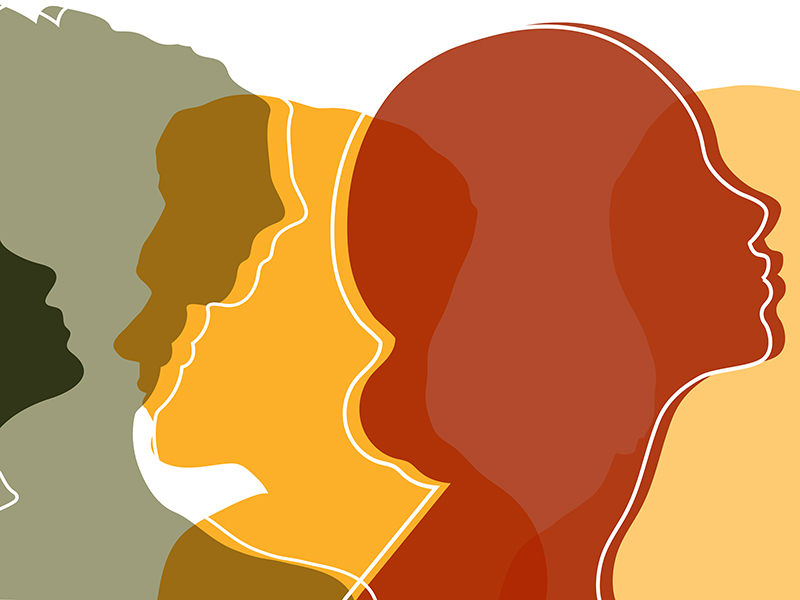

In response to the race riots in Rochester, N.Y. in the 1960s, the chief executive officer of Xerox Holdings Corp. and its Black employees decided to start a group for Black workers to safely discuss their shared experiences and advocate for change.
Since this first known example of an employee resource group, many different types of ERGs have been formed to help employees from all backgrounds and sexual orientations feel welcome and heard in their workplaces. “Prior to the murder of George Floyd, in Canada you saw [some ERGs] related to gender or sexual orientation, but they weren’t really as big as they were in the U.S.,” says Mark Harrison, founder of the MH3 Collective. “Now you’re seeing them being formed by all types of employees, whether they be Black, multicultural or [those] identifying as people of colour.”
Read: HOOPP focusing on DEI, stopping anti-Black racism
Harrison, who also runs the Black Talent Initiative, says he personally witnessed a major shift after the murder of George Floyd in 2020. He saw a lot of fear around discussing the subject on social media or hosting a town hall, but notes workplace ERGs have provided a safe space to continue to advocate for racial equity.
“ERGs have kept the momentum going because they’ve advocated for themselves within companies, they’ve requested that they be heard. These groups are now get-ting involved in all different departments and key functions of companies, whether that be the donations those companies are making or the recruitment policies those companies are taking on.”
Safe spaces
Since 2012, Fidelity Canada has established five ERGs — a Pride ERG, a women’s leadership group, an ERG that supports members of the Latino and Black communities, one that promotes awareness of the varying abilities among employees and one that enhances awareness of Asian culture.
By the numbers
• 15% — The number of companies that have LGBTQ2S+ and women ERGs, the two most common types of these groups
• 25% — The number of companies that have either one or two ERGs
• 89% — The number of ERGs that encourage allies to attend events/meetings, compared to 59% with identifier-only meetings.
Source: 2021 survey by the Rise Journey
“ERGs are a critical element to any [diversity, equity and inclusion] program,” says Najma Pilgrim, vice-president of human resources and inclusion at Fidelity Investments Canada. “They help to promote a culture of inclusion and they foster employee engagement by not just creating inclusive and open forums, but also a safe place for people to share their interests and concerns.”
Read: How CIBC is supporting LGBTQ2S+ employees, increasing DEI targets
In addition, these groups provide an opportunity for organizations to create a sense of belonging for their employees, says Harrison, noting it’s especially important for employers to strive for this sense of belonging during the ‘Great Resignation’ so they don’t lose any workers.
ERGs may also make the difference between a potential employee deciding to work for a company or moving on. “Quite frankly, from both the recruitment and a business development standpoint, people who come to work at your company are going to want to know, ‘Does this company resemble me? Am I going to feel like I belong there? Are there people that have my values?’” he says.
Alongside a focus on empowering employees, fostering growth and encouraging inclusion can lead to a better work culture, adds Pilgrim. “ERGs are fundamentally employee led and, of course, company supported, but [they have] led to the rise of really passionate volunteers who have been focusing on not just amplifying the voices of various communities, but positively impacting the culture of Fidelity.”
Sadie Janes is an associate editor at Benefits Canada.
